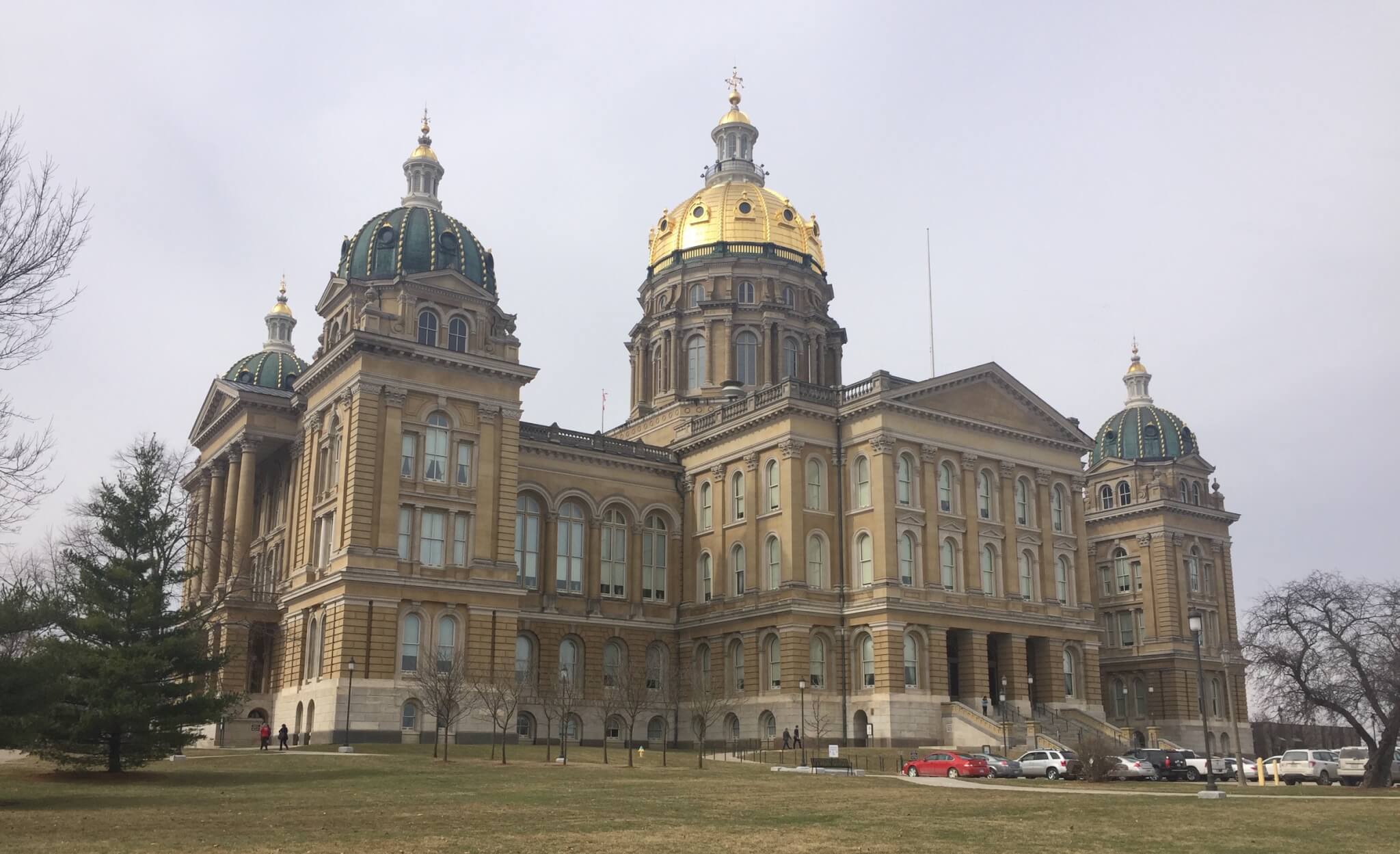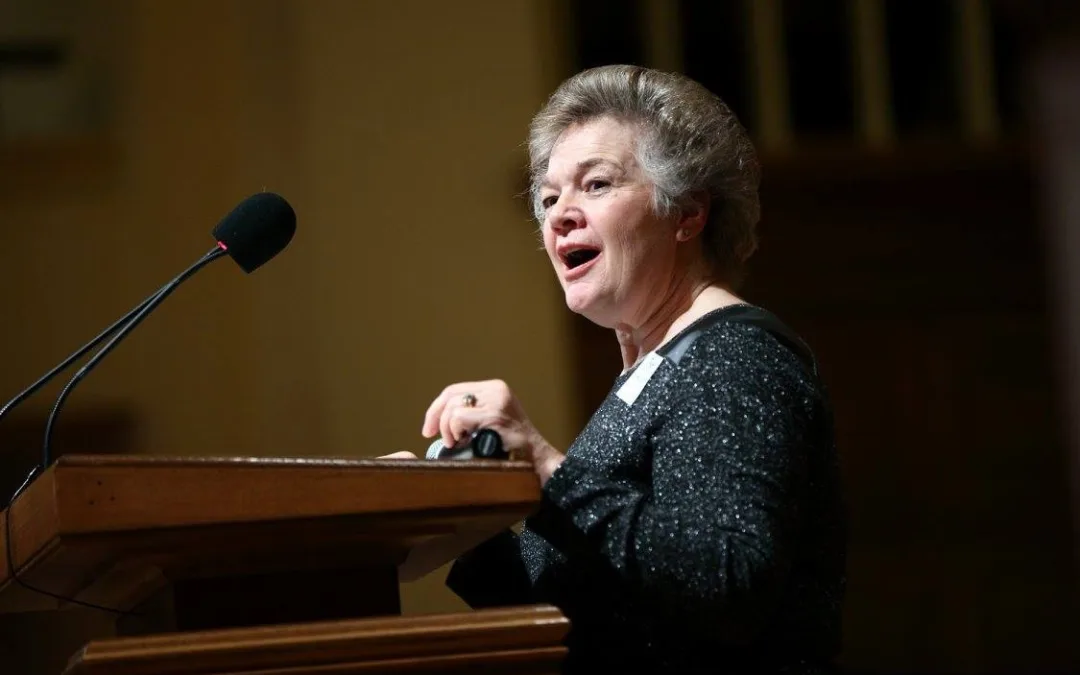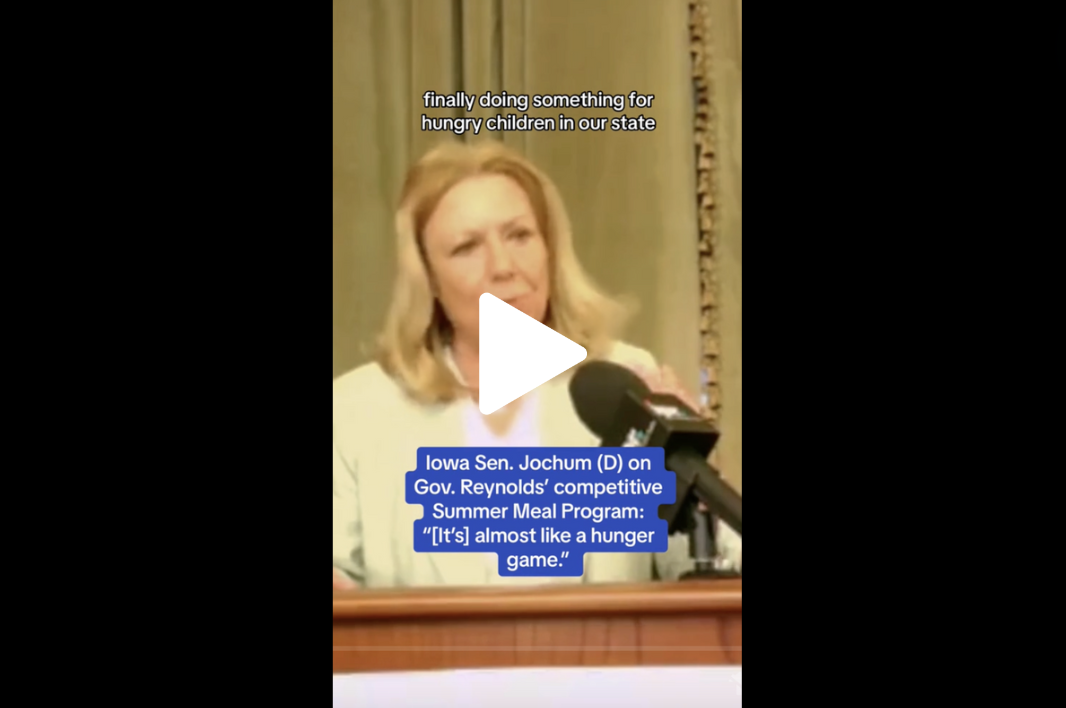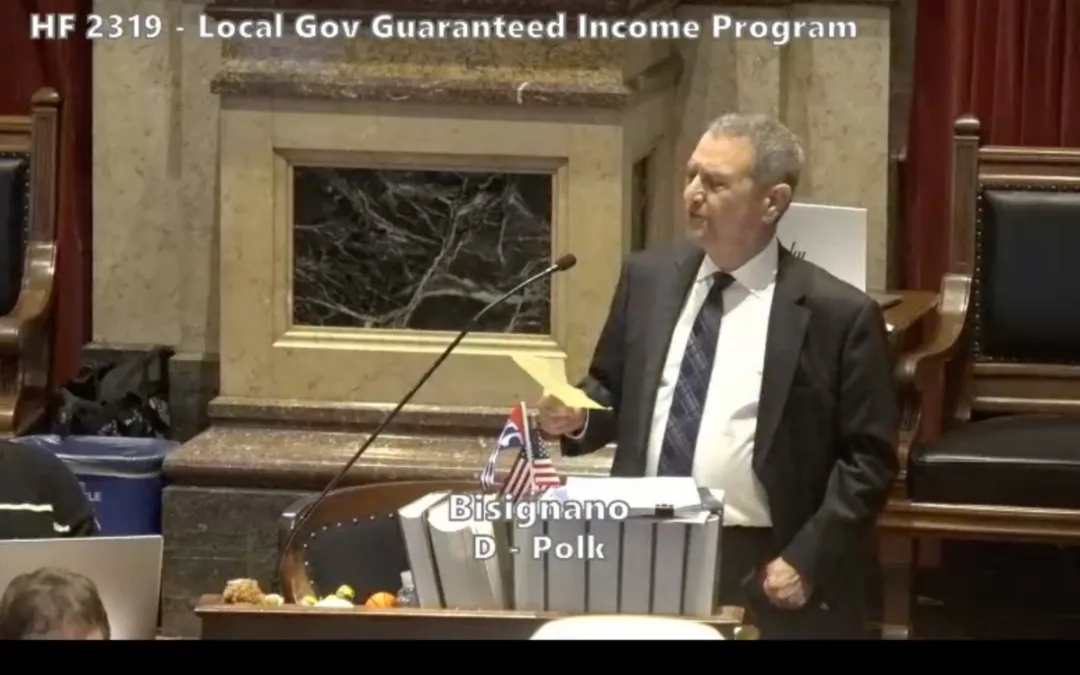
Iowa has had a peek at our future, but too few people have noticed.
And that’s unfortunate.
In case you missed the headlines last week, moderate Republicans in the Kansas Legislature finally became fed up with the fiscal mess created by Gov. Sam Brownback’s massive tax cuts. They joined with Democrats and reversed course in dramatic fashion.
Lawmakers voted to restore $1.2 billion in income taxes — that’s billion, with a “b” — that Brownback and the Legislature’s Republican-majority enacted in 2012.
The tax cuts five years ago were based on Brownback’s belief, and the philosophy of many conservatives elsewhere, that big tax cuts and smaller government would stimulate the Kansas economy to thrive, creating tens of thousands of jobs annually.
There was a small problem with that strategy, however. The thriving economy and the job-creation numbers never materialized.
The Kansas economy grew by the paltry rate of 0.2 percent last year. By comparison, the United States economy overall grew at a rate of 1.6 percent. Kansas was 48th in the nation in job growth.
Kansans increasingly did not like what was occurring in their state after the tax cuts. They finally made their displeasure known to their state lawmakers — and at the ballot box.
That displeasure grew out of a 14 percent decline in state aid to K-12 schools, with some school districts coping by shortening their school year or by going to a four-day school week.
Citizen displeasure grew as Kansans learned more about one part of the Brownback tax-cut plan. It allowed independent contractors or owners of limited liability companies, partnerships or other “pass-through” business entities to avoid paying taxes on that income.
One beneficiary of the LLC exemption was the highest-paid employee in state government, University of Kansas basketball coach Bill Self. He receives a salary of $230,000 on which he still pays income taxes. But the rest of his $3 million in KU income is paid to an LLC that Self owns — and he owes no state income tax on that part of his income thanks to Brownback’s tax cut.
There was more that disturbed ordinary Kansans. Year after year, there were massive deficits in the state budget. Government pensions went unfunded. There was less money for Kansas’ state universities. And money was diverted from the state road fund to fill holes in other areas of the state budget.
Brownback’s strategy in 2012 has not changed, even in the face of mounting voter criticism.
It’s important Iowans remember that the Brownback strategy is similar to the principles being followed in this state by Governors Terry Branstad and Kim Reynolds and by the Republicans who hold majorities in the Iowa House and Iowa Senate.
It’s also worth noting that the same Brownback philosophy — massive tax cuts, big cuts in government spending and promises of dramatic increases in job creation — mirrors proposals made by the Republican majorities in Congress and by President Donald Trump.
Rep. Don Hineman, the Republican leader of the Kansas House, explained the rationale behind the repudiation of the Brownback strategy by that state’s lawmakers: “It was time to return to a more centrist position, which is where Kansas has traditionally been governed from.”
There are important lessons for Iowa from the Kansas experiment.
After returning to the governor’s office in 2011, a Branstad priority was reducing commercial real estate taxes. He promised local governments and school districts that the state would reimburse them for the lost property tax money.
That promise took a big bite out of the state treasury, but the pledge came at a time when there was a hefty state budget surplus.
Another big hit on the Iowa treasury has come this fiscal year from the expansion in 2016 of the exemption from the state’s sales tax on goods consumed in manufacturing.
Branstad’s tax experts estimated the expanded exemption would cost the state about $21 million annually. But it now appears the true cost will be closer to $100 million.
While lawmakers in Kansas were voting this month on the huge tax increase, Gov. Reynolds has faced the unsettling projection that the state budget will be $100 million in the hole when the fiscal year ends on June 30.
Iowa law does not permit budget deficits, so Reynolds must do something this month.
She can make across-the-board cuts, which Branstad often criticized. She can call the Legislature back for a special session to make selective cuts. Or she can dip even farther into the state’s cash reserves to cover the deficit.
Kansas officials learned the hard way just how precarious such decisions can be.
While many people like tax cuts, far fewer people like the consequences of those cuts.
by Randy Evans
Reprinted from Bloomfield Democrat
Posted 6/22/17
Politics

Biden marks Earth Day by announcing $7 billion in solar grants
The Biden administration on Monday announced the recipients of its Solar For All Program, a $7 billion climate program that aims to lower energy...

6 terrifying things that could happen if the Comstock Act is used to target abortion
Does 1873 sound like a really, really long time ago? Well, that’s because it is—but if Republicans and far-right anti-abortion activists have their...
Local News

No more Kum & Go? New owner Maverik of Utah retiring famous brand
Will Kum & Go have come and gone by next year? One new report claims that's the plan by the store's new owners. The Iowa-based convenience store...

Here’s a recap of the biggest headlines Iowa celebs made In 2023
For these famous Iowans, 2023 was a year of controversy, career highlights, and full-circle moments. Here’s how 2023 went for the following Iowans:...




